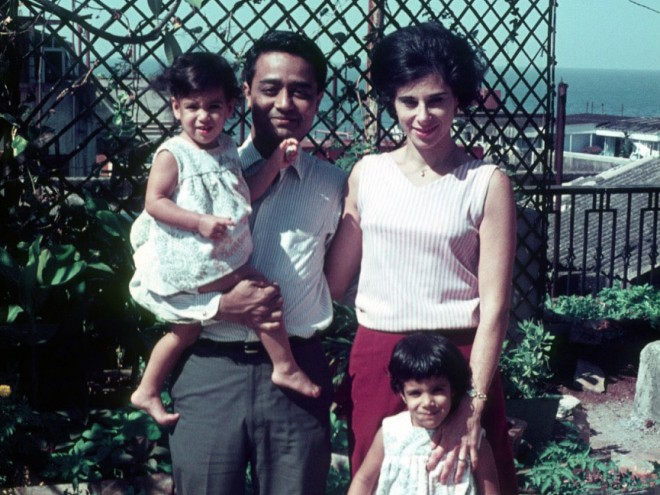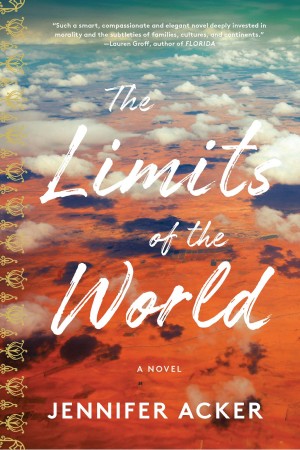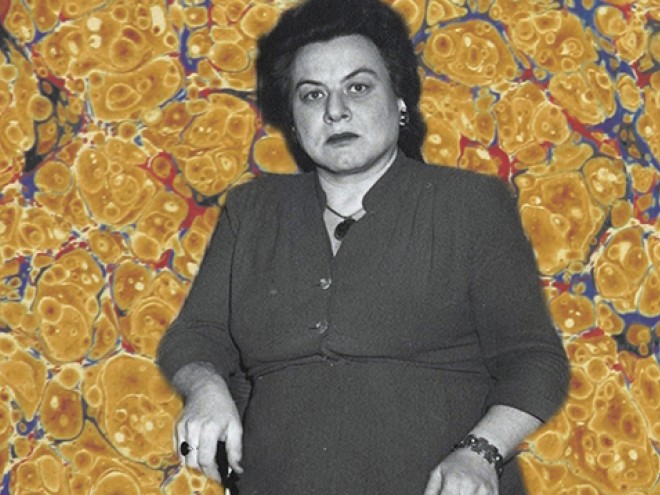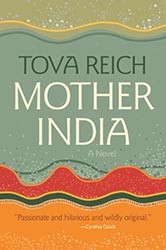From its first dialogue box, Mira Jacob’s Good Talk is an unusual and singular graphic memoir. “The trouble began when my six-year-old son Z. became obsessed with Michael Jackson,” the opening line reads. Imposed behind this image is the cover of Jackson’s breakthrough solo album, Off The Wall. Sporting a broad smile and a perfectly coiffed afro, this is Jackson just before his absolute prime and when anyone could simply point to him and say that he was African American. But “Z.,” as Jacob calls her young son, has a follow-up inquiry: “Was Michael Jackson brown or was he white?”
These childlike questions inform the foundation of Good Talk, a book that explores the difficulty of explaining racial and cultural identity in a postmodern era where such traits are used as much to divide as they are to provide communal security. Jacob uses her discerning ear and propensity to write honestly about an immigrant nation that has seemingly turned on her immigrants. Her story is emblematic of contemporary challenges — Jacob, herself, is Indian, her husband Jewish, and her son a proud testament to the pluralistic nature of the American experiment.
What sets this book apart from others is the density of the dialogue. Unlike a typical graphic novel, nearly every page is stuffed to the brim with text. The narrative thrust of the book is threefold: looking back, looking to the present, and pondering the future. Jacob investigates her own Indian family’s immigration and assimilation in America, wrestles with that past while attempting to figure out her place in the world, and finally tries to reckon with the disturbing anti-immigrant rhetoric that flows down from the highest political echelons.This is all while trying to answer her multiethnic son’s questions about the prominence of race and xenophobia in America today.
The book’s strongest passages are when Jacob discusses the quirks of her life as a representation of the modern American condition. She wrestles philosophically with her husband about how to explain post-post-racial politics, how her Indian family is skeptical of his Jewishness (and thus, his whiteness), and how America’s metastasized racism never truly left our cultural milieu.
Jacob utilizes a static, paper-cutout style to represent the characters of her book. It can be jarring, but does reflect the fact that the book is based on conversation rather than action. Although the art doesn’t complement the writing as much as it could have, it still provides a stark statement.
Good Talk is a comic that doesn’t shy away from working through pain to gain clarity. This makes it a strikingly effective memoir and an impressive graphic novel work all in one.





